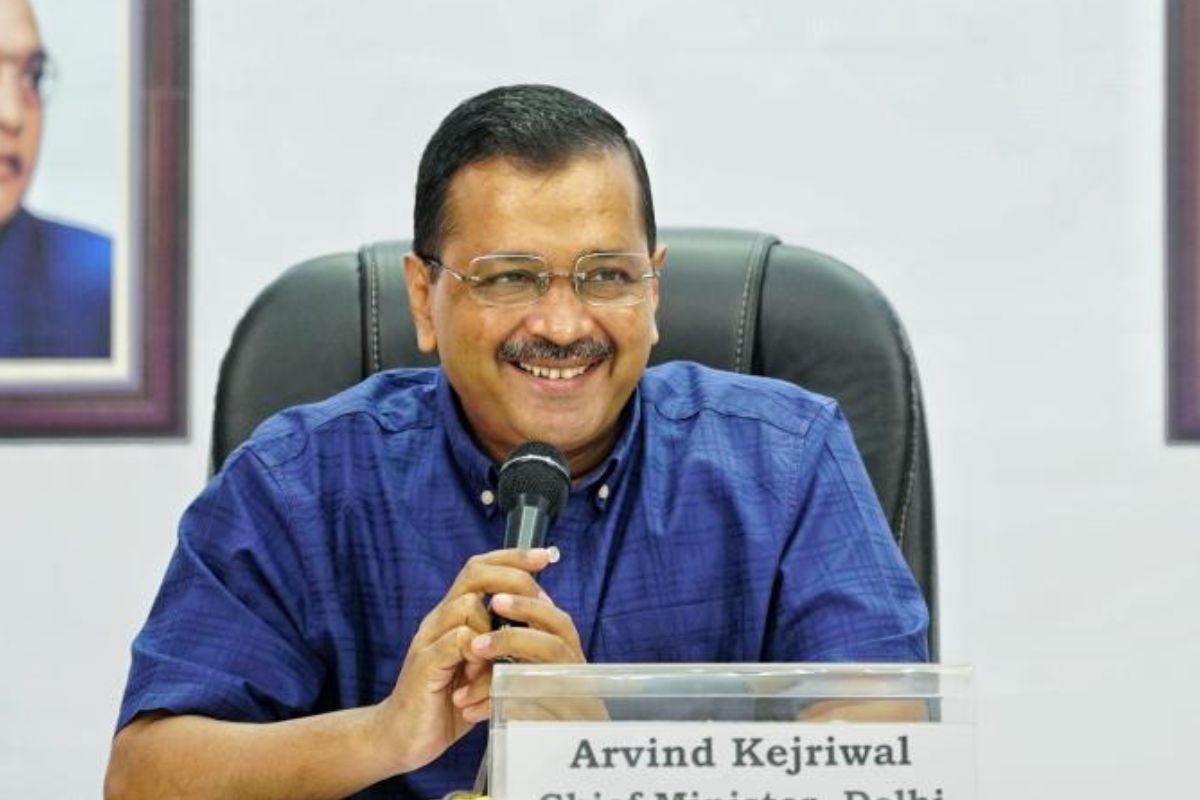Delhi Chief Minister Arvind Kejriwal has been written off many times, and now he’s facing deep trouble again. Will he rise like a pheonix or wither away? Despite his setbacks, such as his resignation as Delhi’s chief minister after a brief 49-day tenure and losing all seven seats in Delhi in 2014, Kejriwal’s unwavering resilience was a beacon of hope. He defied all odds within a year, to secure a landslide victory with 67 out of 70 seats in the 2015 Delhi Assembly polls.
This remarkable turnaround should tell us of his nevergive-up spirit. The arrest of Kejriwal in the Delhi liquor policy case is a pivotal event that has cast a shadow over the future of the Aam Aadmi Party. This development raises the question: Will this be the end of the road for the party? The apex court has granted Kejriwal bail, enabling him to campaign for his party in the ongoing elections. This development provides hope for Kejriwal’s supporters and suggests that his political journey may be far from over if he gets public sympathy. Kejriwal strategically positions himself as the underdog, drawing attention to Prime Minister Narendra Modi’s alleged persecution and his colleagues’ imprisonment. Since his release from jail, Kejriwal and his party have been attempting to demonstrate to the public how he was ill-treated in prison.
Advertisement
He claims that he was denied insulin and his diabetes medication. Kejriwal’s arrest is the biggest crisis for the Aam Aadmi Party since its founding in November 2012. Kejriwal has led the party with complete control, overcoming intermittent turbulence. Over the years, many of Kejriwal’s associates from the India Against Corruption days have been dumped. Within his party, he is an autocrat. The AAP’s ascent to power was dramatic. It emerged from the India Against Corruption movement led by Anna Hazare in 2012.
The party seized power within months, but Kejriwal’s resignation within 48 hours was unsurprising. However, he returned to power in 2015 and 2019, winning the Delhi Assembly polls with significant majorities. This series of events has sparked curiosity about the party’s political trajectory and Kejriwal’s resilience. Kejriwal has been ambitious from the beginning. He projected himself as a prime ministerial candidate and even contested against Modi in Varanasi in 2014, only to lose. This ambitious move has significantly raised Kejriwal’s and his party’s profile. In the recently formed INDIA coalition, the AAP stands out as the only party other than Congress to rule more than one state. It now rules both Punjab and Delhi.
However, currently, AAP will have a significant political impact in only 20 constituencies. Kejriwal’s national influence depends on his party’s performance. AAP currently holds one seat in the Lok Sabha and ten in the Upper House. The party has expanded its influence to other states and was granted national party status in April 2023. The AAP’s ascent to power is a unique phenomenon in Indian politics. Unlike the BJP or the Left parties, it has no significant ideological position. It has not relied on regional or socialist backgrounds like the AIADMK, DMK, Samajwadi Party, Biju Janata Dal, or Rashtriya Janata Dal. Instead, it has come to power on the development mantra and the freebie culture.
Kejriwal has strategically shifted his approach and is now seeking alliances with other regional leaders, such as Sharad Pawar, Mamata Banerjee, M.K. Stalin, and Lalu Prasad Yadav. In Delhi, the AAP is contesting elections with the Congress party. In Punjab, the party is contesting 13 seats on its own. These alliances and strategic moves offer a promising outlook for Kejriwal’s political journey. The Party will now try to occupy the space vacated by the Congress and emerge as a national alternative. It is poised to target states like Himachal Pradesh, Haryana, Rajasthan, and Gujarat – all bipolar until now. This change in strategy, from a primarily national focus to a more localised approach, is a counter to the BJP at the central level and a strategic move that could shape the party’s future.
The BJP has offered a “Modi ki guarantee,” while Kejriwal has promised a ten-point agenda. The promise includes “freeing” Indian land from Chinese occupation if the INDIA bloc forms the government at the Centre, attaining full statehood for Delhi, having 24/7 power supply, and free education. However, the AAP is extremely vulnerable today. Kejriwal has introduced a personality cult centred around him. His party members must consult the top boss before making decisions. The Delhi liquor policy case has raised questions about the party’s future. Who will be its new face? Is it the end of the road? Can the second rung of leaders like Gopal Rai, Saurabh Bhardwaj, Sandeep Pathak, Raghav Chadha and Atishi run the party, or will Kejriwal, with his usual luck, return? Only the voters can decide.











